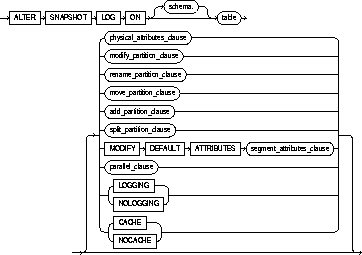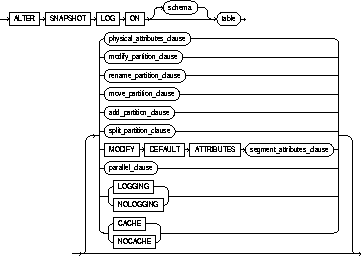It is important to note that when creating a table in this way, the new table will be populated with the records from the existing table (based on the SELECT Statement ). With clause in oracle is not supported by all oracle versions ,the oracle version 9i and beyond versions. Use the index_org_ table _ clause to create an index-organized table. When sub-query needs to be executed multiple times at that time With clause is used.

So querying table t, i need to use tb_objects table twice to get object_name for object_id_A and object_id_b. Note this page where we see a benchmark showing the difference in performance of complex SQL subqueries rewritten with intermediate tables. Using the WITH clause to simplify complex SQL. Think of the query_name as a temporary table and use it in your queries.
Index-organized tables are therefore best suited for primary key-based access and manipulation. Oracle 12c WITH clause enhancements. The SQL WITH clause allows you to give a sub-query block a name (a process also called sub-query refactoring), which can be referenced in several places within the main SQL query. The name which is assigned to the sub-query is treated as though it was an inline view or table. If you want selected fields then select that field only.
If any further help required just mention what exactly you are want to do. This will create table with same structure as existing_ table. Otherwise, you can specify which rows from the source table should be copied to the target table. Let’s create a table named sales for the demonstration. So, you write a SELECT statement that returns some columns and some data, and this is used to create the table.
In a single statement, the table is created and populated. A table function is a function that can be invoked inside the FROM clause of a SELECT statement. Let’s consider usage of WITH clause as creating a temporary table called “d” and then selecting from it. It’s one way to create a table. They return collections (usually nested tables or varrays), which can then be transformed with the TABLE clause into a dataset of rows and columns that can be processed in a SQL statement.
In other words WITH clause allows us to name a predefined Select statement in the context of a bigger Select and referenced in later by the given name. Clearly this SELECT is making heavy use of the WITH clause. The WITH clause achieves this magic by letting you create your SELECT in steps.
Create table with foreign key: 6. MOVE PARTITION ALTER TABLE. Each NAMED SELECT will transform the data that came before it in some way. An example of creating an index-organized table : 11. We can think of the processing done by this SELECT as happening from top down. CREATE INDEX clause as part of the.
Some of them are quite universal, i. I took a full database backup, now I will create several tables with different options to see what happens after a restore, you might see some surprises here! Scenarios: Table “ create as select ” with the nologging option ( table _ctas_nologging). Grote collectie kleding en schoenen. Die neuesten Trends online shoppen.
Hohe Qualität und klassische Styles. Bekleidung von hoher Qualität. Overview: Show the rows of the table specified by the table name and optional where clause. To create a new table , you need to find the new table columns matches with the required table. For this to work, the index must have the same name and columns as the constraint.

If all the columns match with the table , you use all the columns of the old table to create a new table. I have to create quite a few tables with the definitions of existing tables , but in a different tablespace, so. I know how to specify it in regular create table statement. When you query the table , oracle reads the external table and returns the just as if the data had been stored with in the database. There are some important differences between inline views (derived tables ) and WITH clause (CTE) in Oracle.
Basically you just store the metadata inside the oracle.
Keine Kommentare:
Kommentar veröffentlichen
Hinweis: Nur ein Mitglied dieses Blogs kann Kommentare posten.